Rock and roll has often been the anthem of the rebellious, the soundtrack of change, and in 1989, it became the voice of unity at the Moscow Music Peace Festival. Let’s rewind the tape and revisit a moment in history where music had the power to bridge divides, bringing together people from both sides of the Iron Curtain.
Set against the backdrop of the Cold War’s twilight, Moscow’s Luzhniki Stadium played host to an extravaganza over two days, witnessing a coming together of western rock legends and Soviet rock bands, all united for a cause – promoting peace and condemning war.
The Lineup That Made History
Think of your favorite rock legends, and they were probably there! The festival featured a jaw-dropping roster of artists including Bon Jovi, Ozzy Osbourne, Mötley Crüe, Scorpions, and Cinderella. From the USSR side, bands like Gorky Park added local flavor, reminding everyone that music knows no borders.
While the stadium reverberated with iconic guitar riffs and power-packed performances, the Moscow Music Peace Festival stood for something more profound. It was a statement against substance abuse, with bands coming together to support the “Make a Difference” foundation. This endeavor was initiated in memory of Hanoi Rocks’ drummer, Razzle, who tragically lost his life in an alcohol-related accident.
A Turning Point
The festival arrived at a pivotal moment in history. The Berlin Wall would fall just a few months later, marking the beginning of the end for the Cold War. As the rock anthems blared in Moscow, they not only captivated the youth but also symbolized the imminent change.
The audience, comprising mostly young Soviets, reveled in the raw energy of western rock. It was an exposure to a world they had only heard of, and the atmosphere was electric. You could sense the winds of change, and there, amidst the crowd, it was evident that barriers – both mental and physical – were crumbling.
The Moscow Music Peace Festival, a spectacle of grandeur, witnessed the congregation of over 100,000 enthusiastic attendees. This wasn’t just another concert; it was a symphony of unity and understanding. Held against the backdrop of a politically charged atmosphere, with the world divided into the Western Bloc and Eastern Bloc during the tumultuous Cold War, this festival aimed to bridge the chasm with the universal language of music.
The scale of its broadcast was unparalleled. The event was beamed live across 59 nations. Notably, MTV in the United States, a channel at the pinnacle of music culture during that era, broadcasted this historical concert, making it accessible to millions of viewers, amplifying its reach and impact. This wasn’t merely a showcase of musical prowess; it was a testament to the event’s global significance.
The primary objective behind this colossal event was multifaceted. Apart from promoting cultural and musical understanding between the East and West, the concert had a philanthropic angle. It raised substantial funds dedicated to aiding those grappling with drug and alcohol addiction. This added a layer of profundity to the music, making each performance not just a treat for the ears, but also a contribution to a noble cause.
A Curtain Call
If you ever find yourself amidst debates questioning the significance of music in shaping history, remember the Moscow Music Peace Festival of 1989. It’s a glowing reminder of a time when music wasn’t just about charts or sales; it was about making a statement, uniting the world, and yes, ensuring that the show does go on, no matter what.


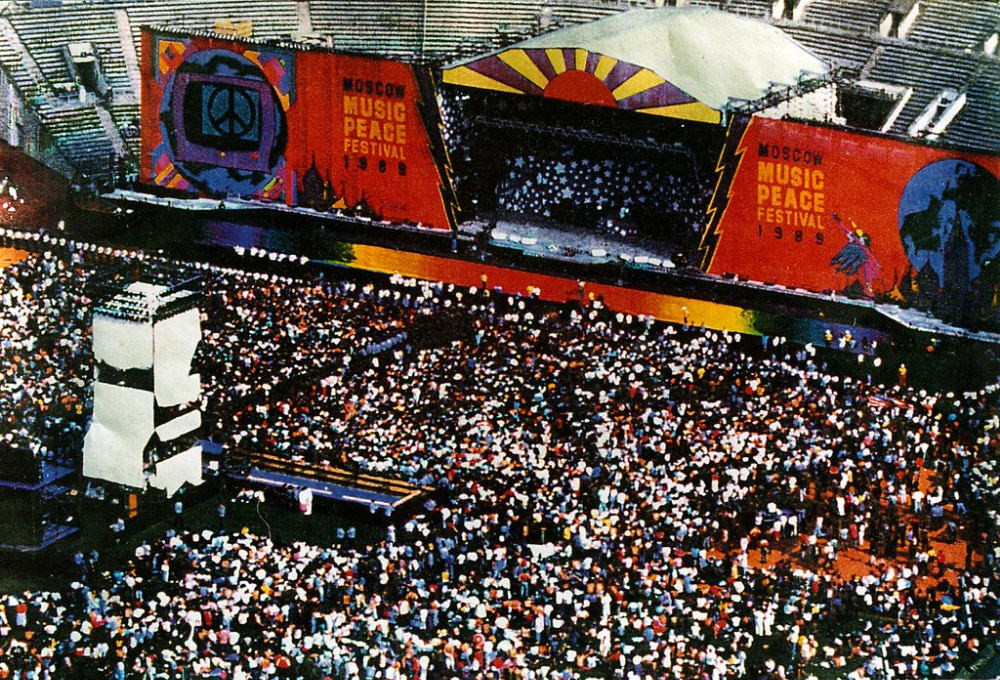
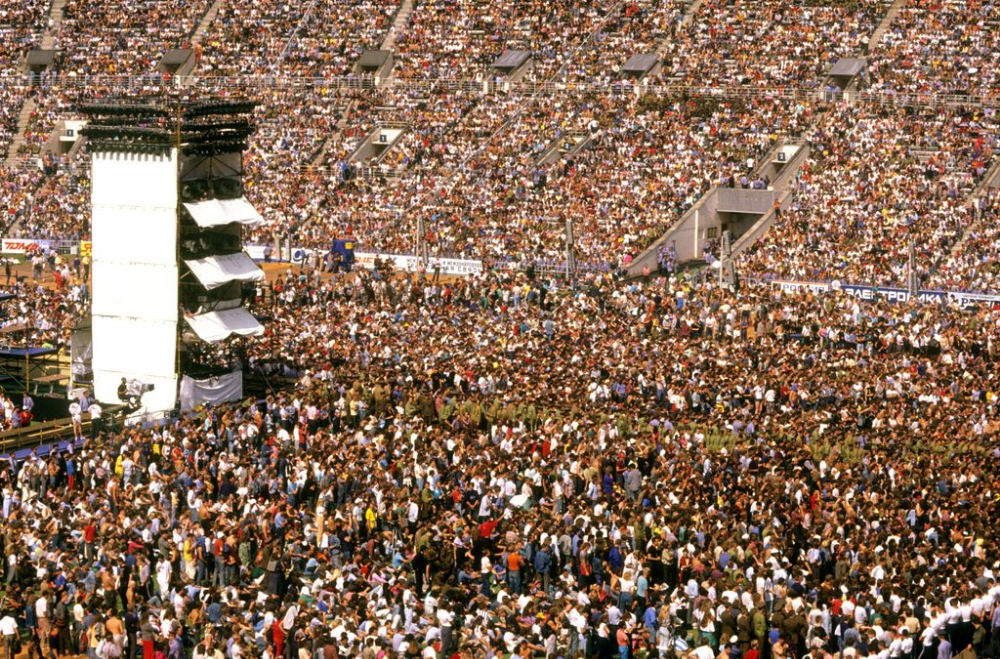
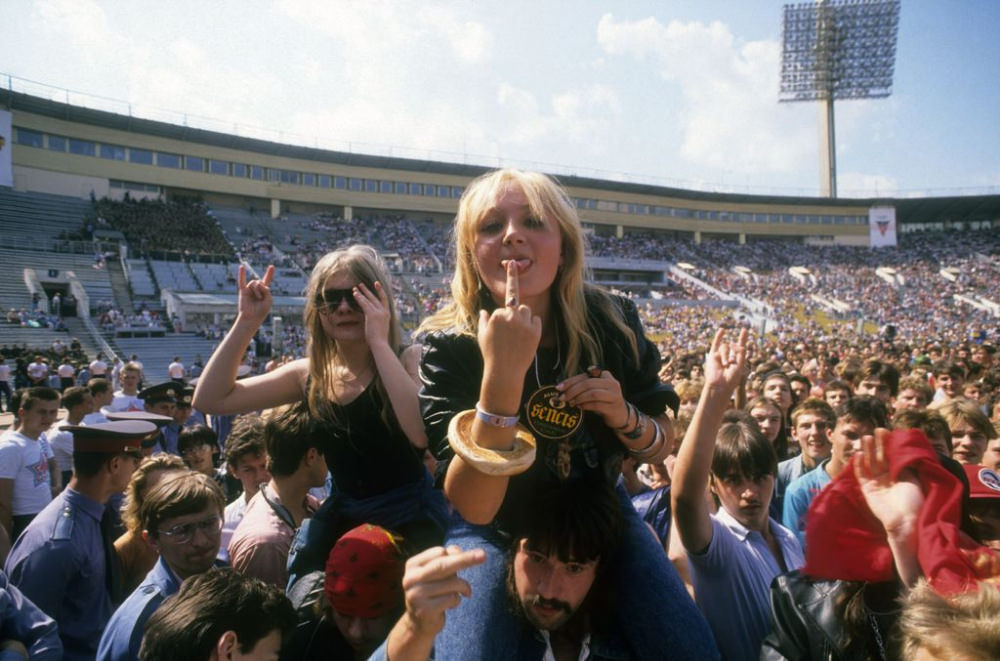
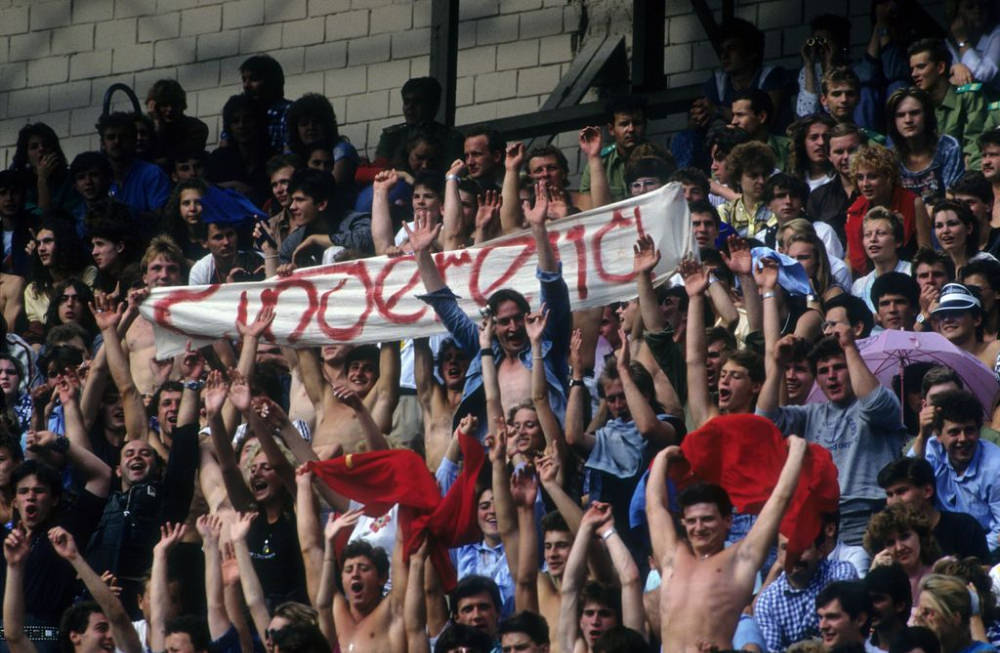
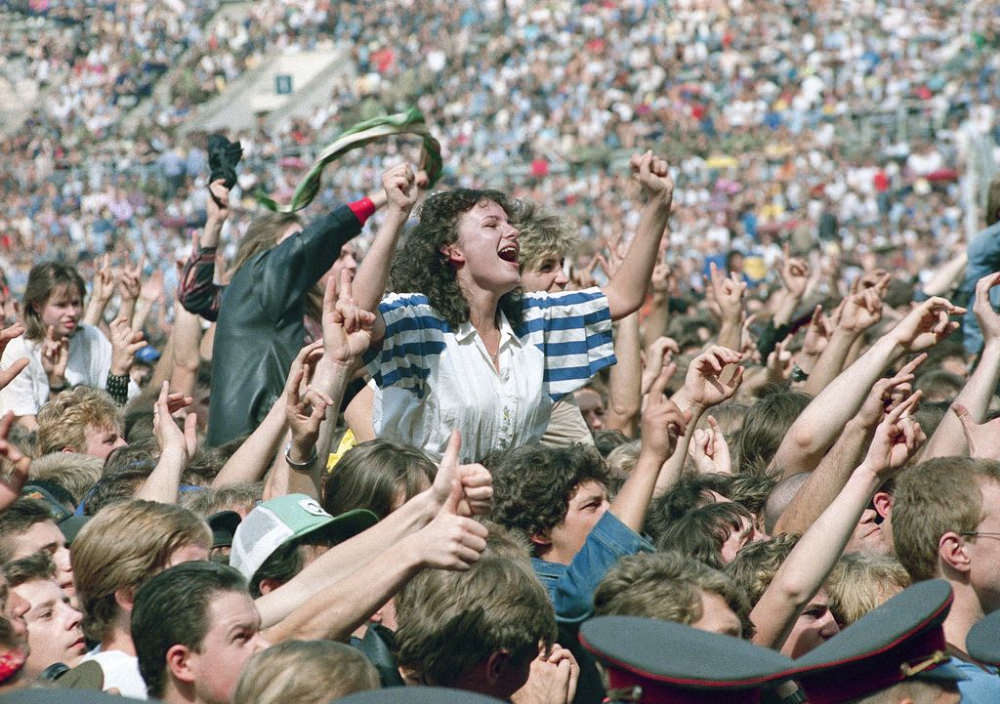
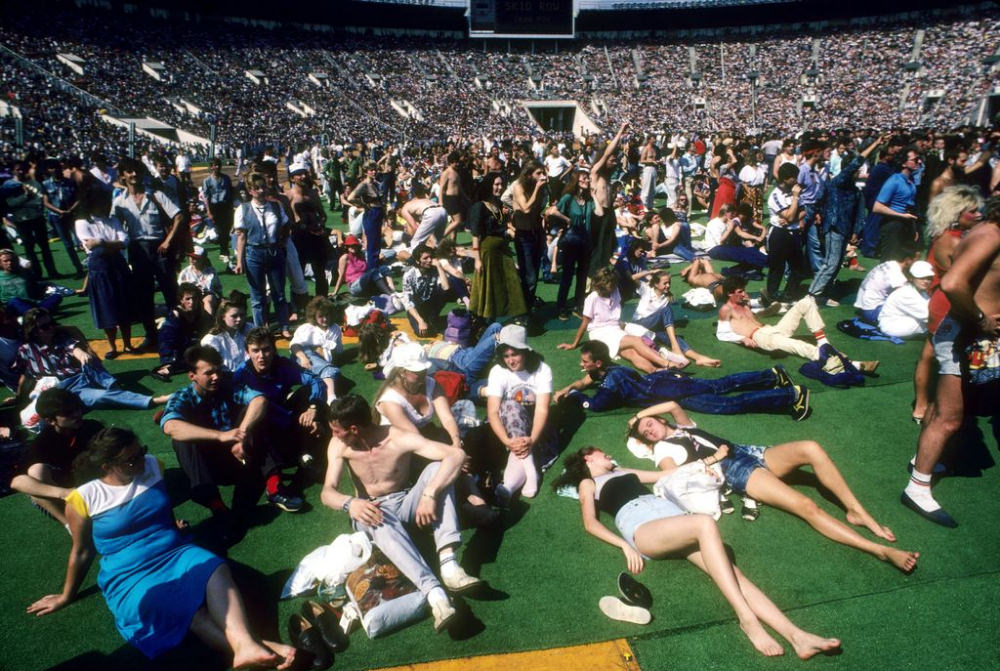
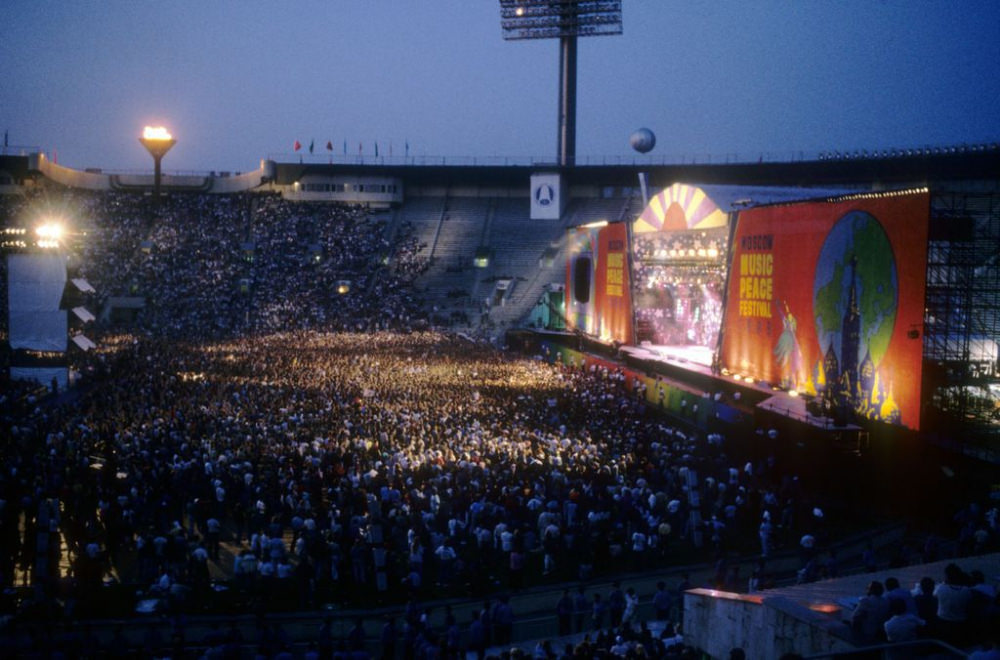
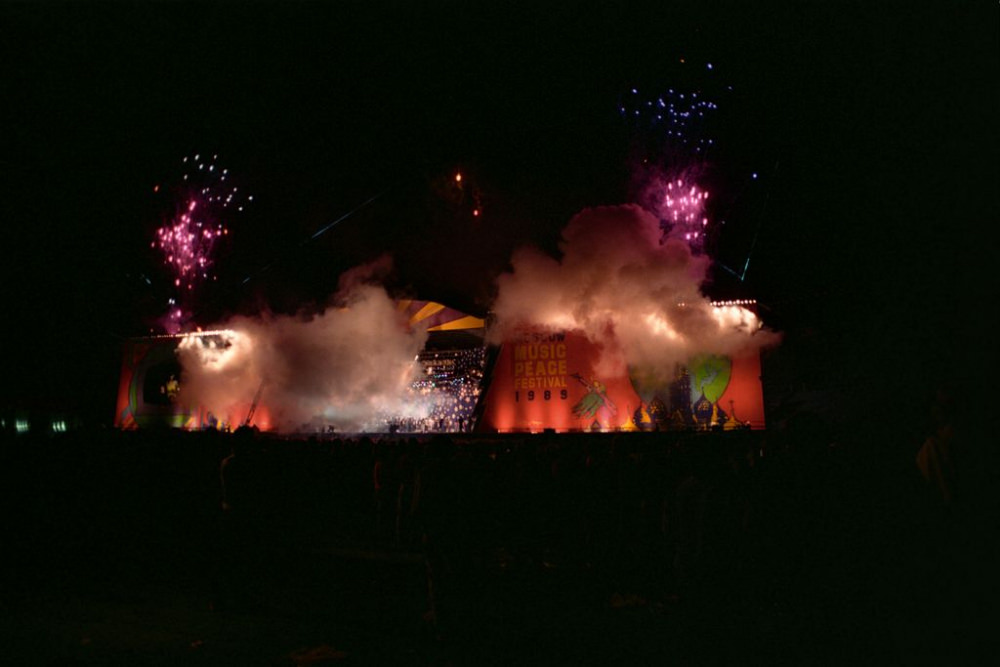
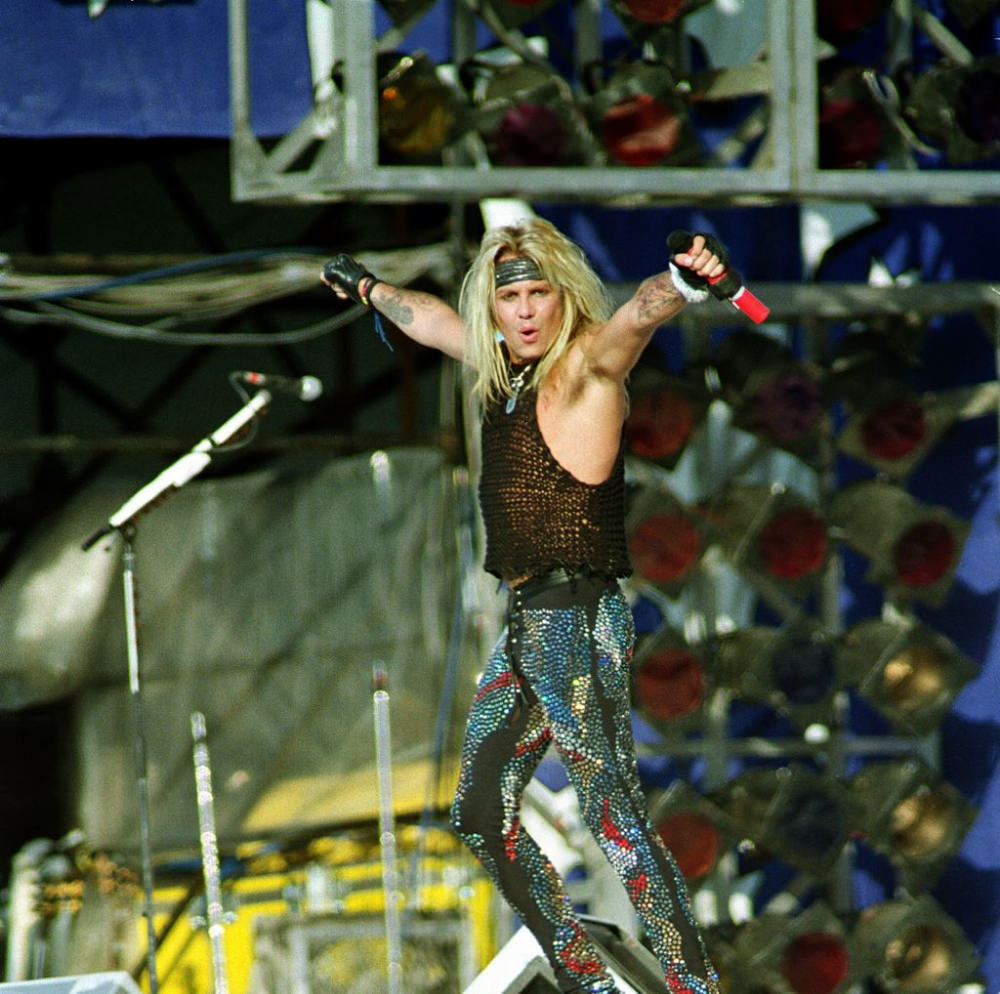
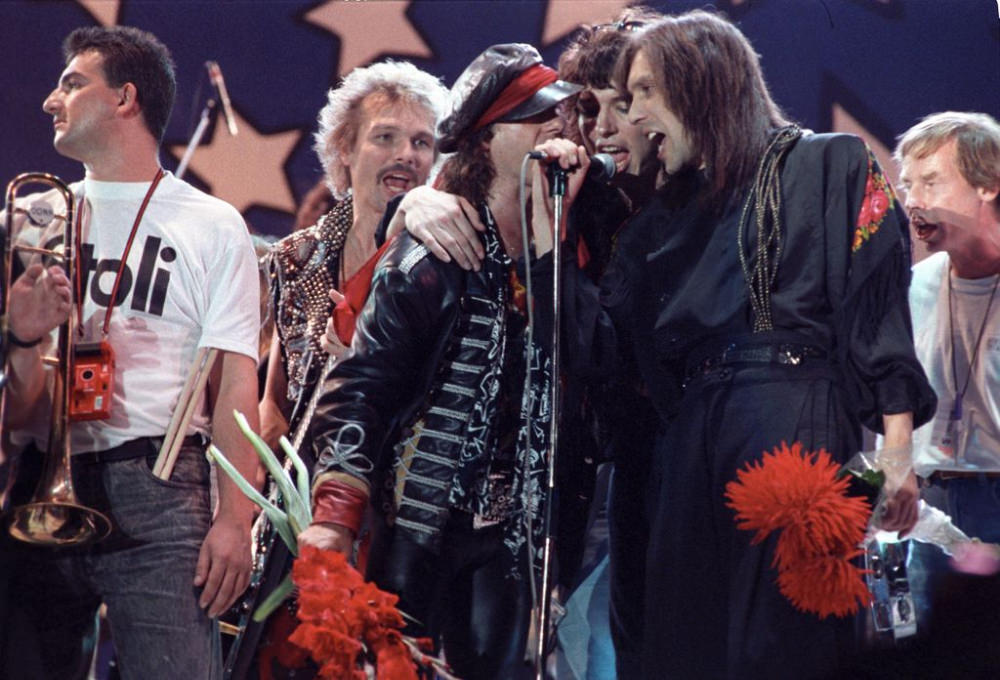
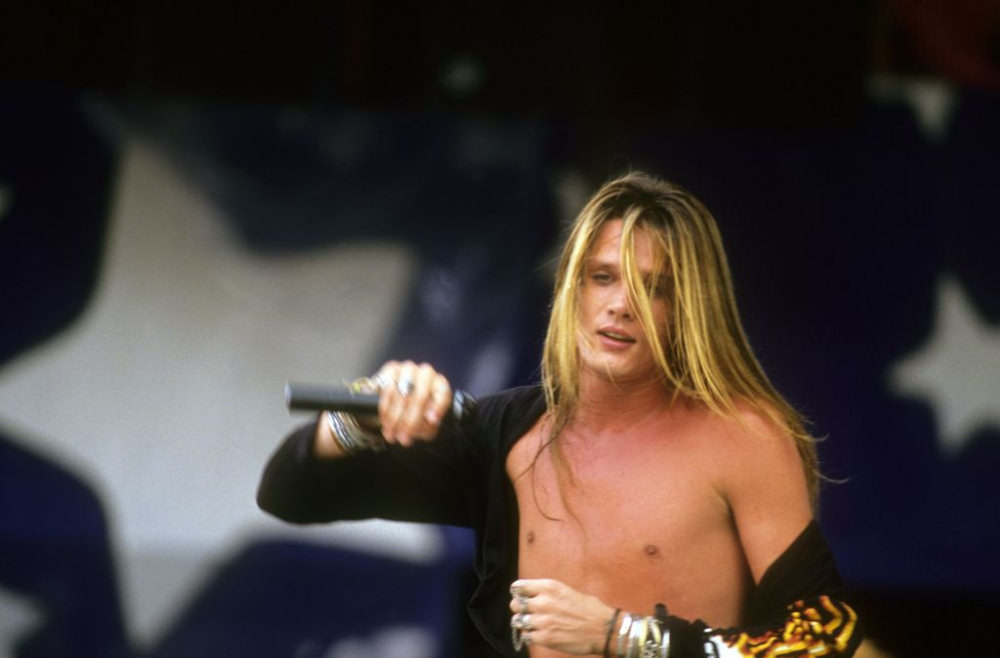
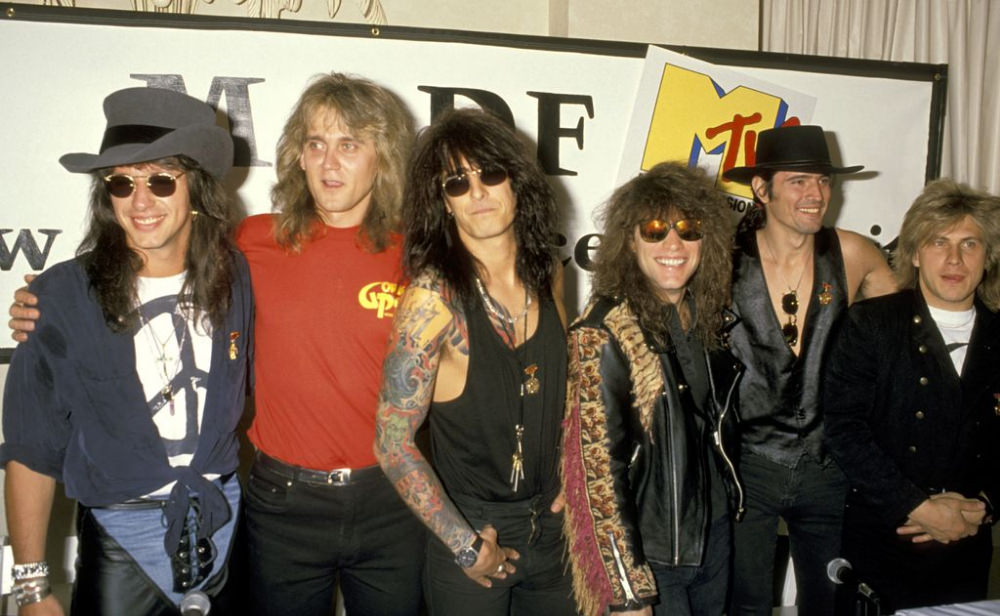
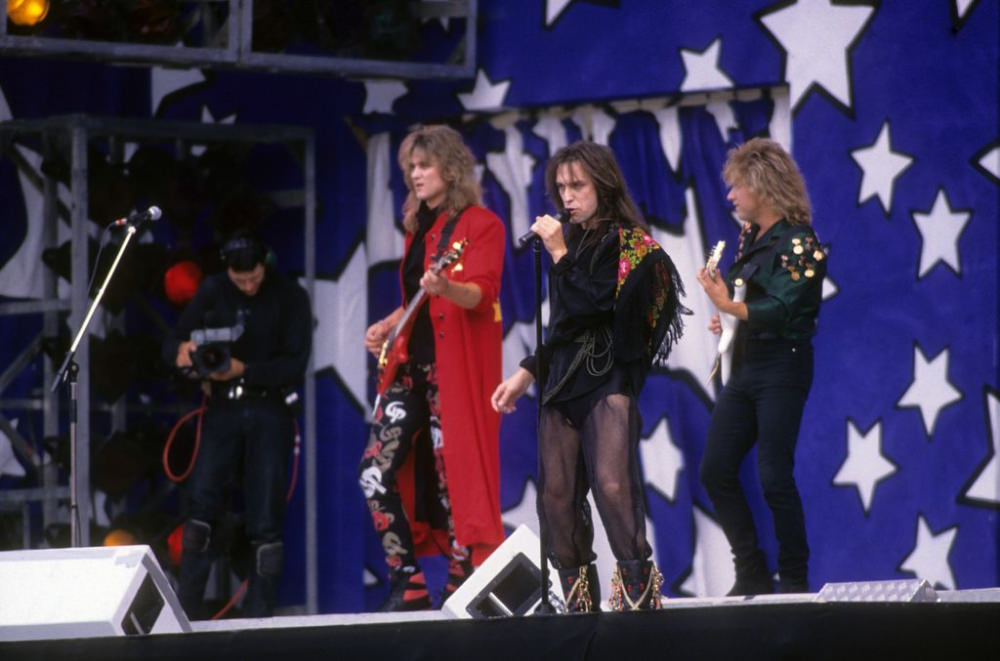
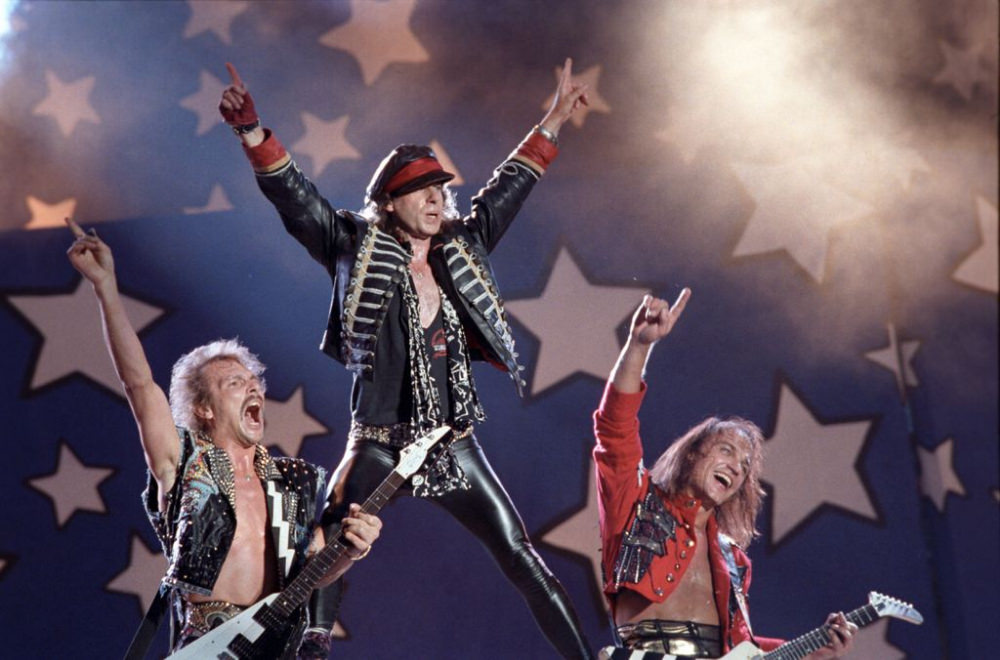
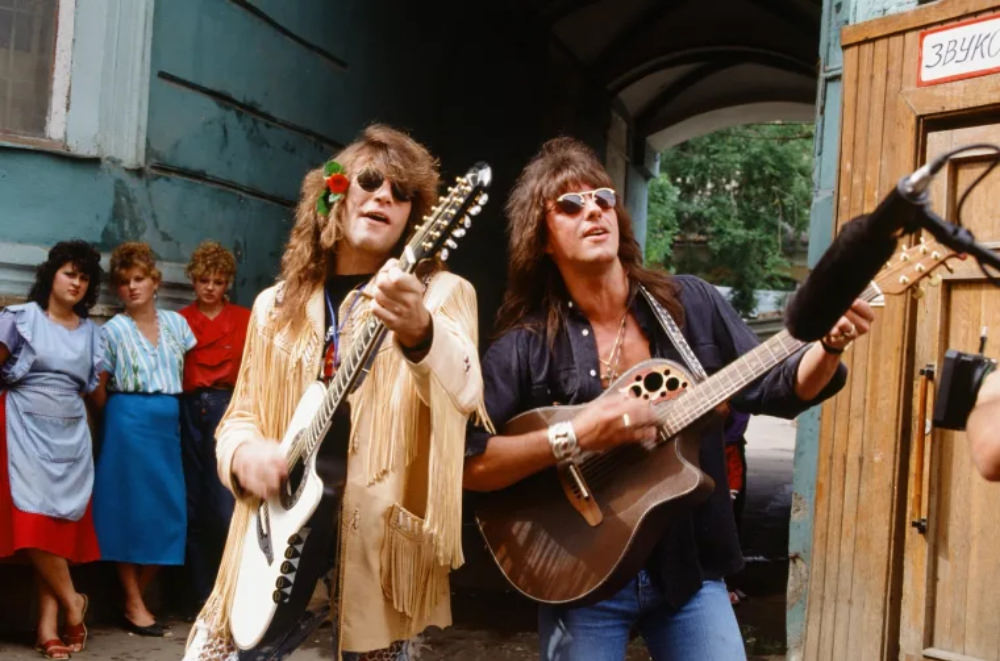
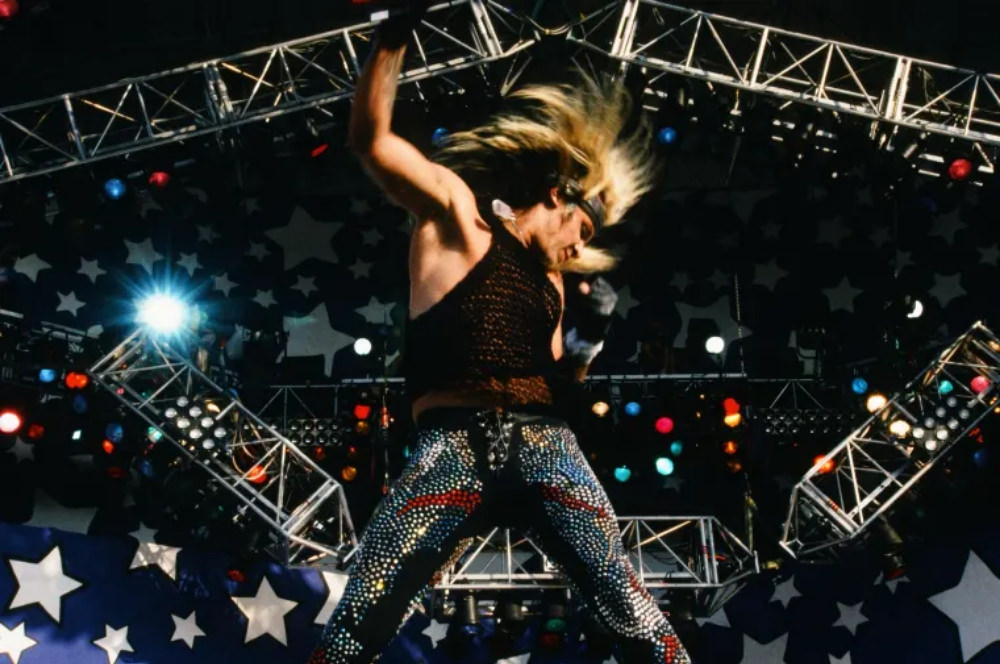
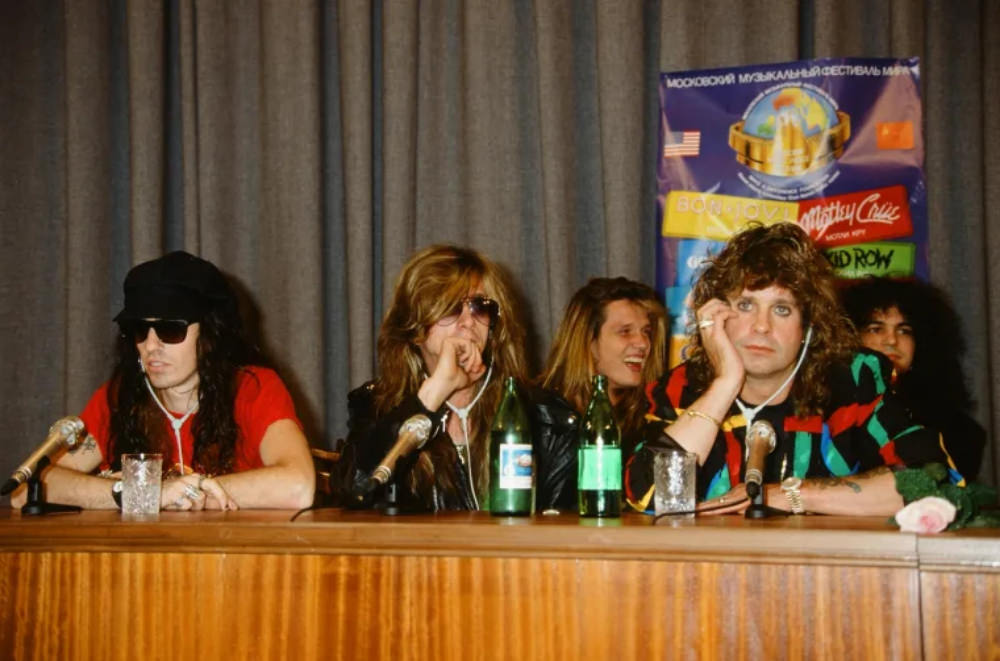
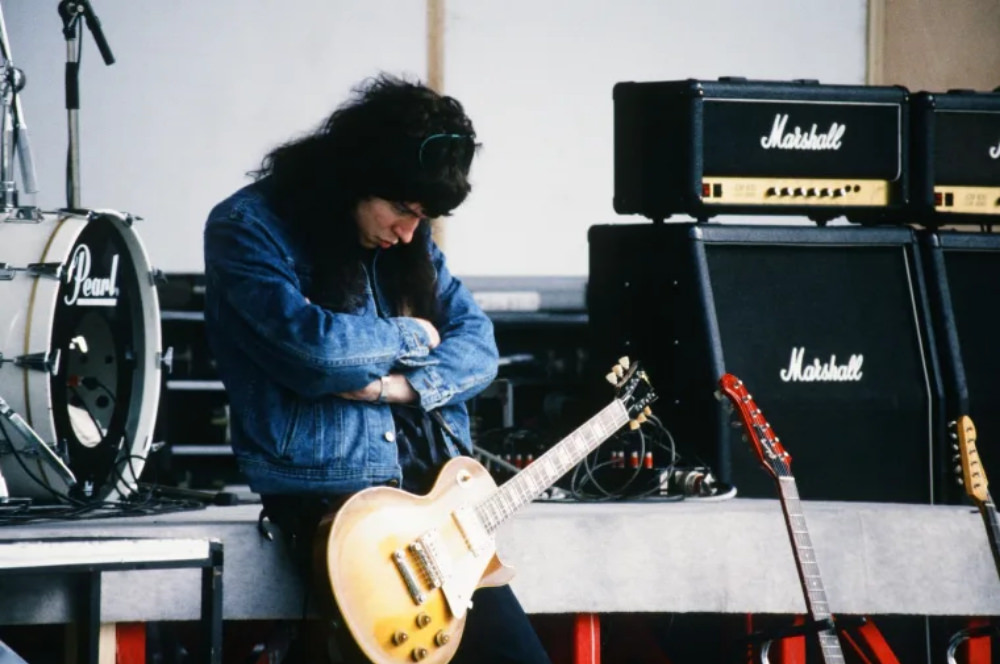
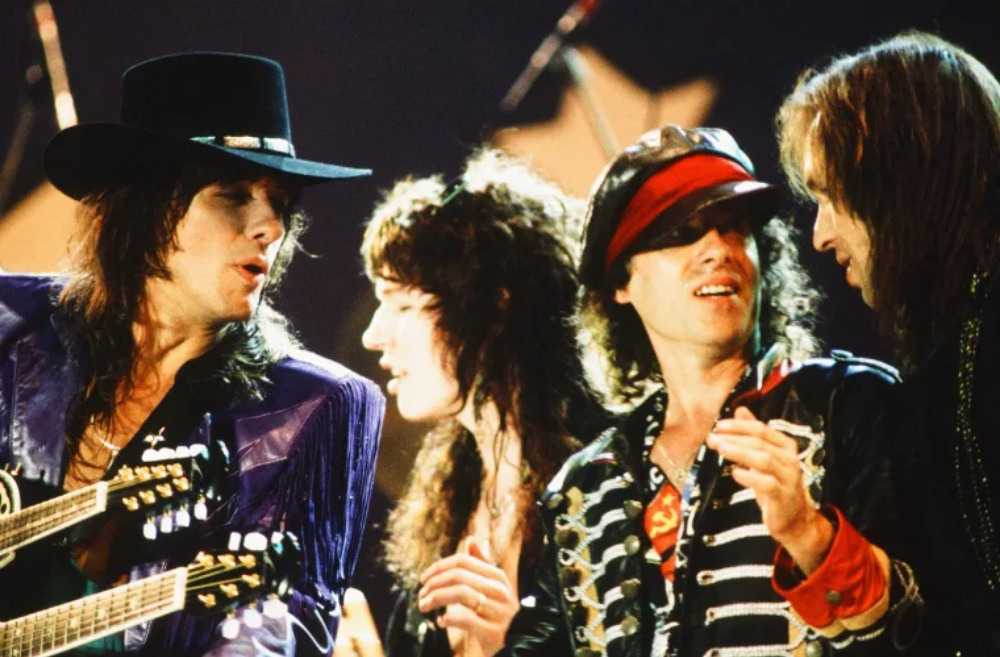
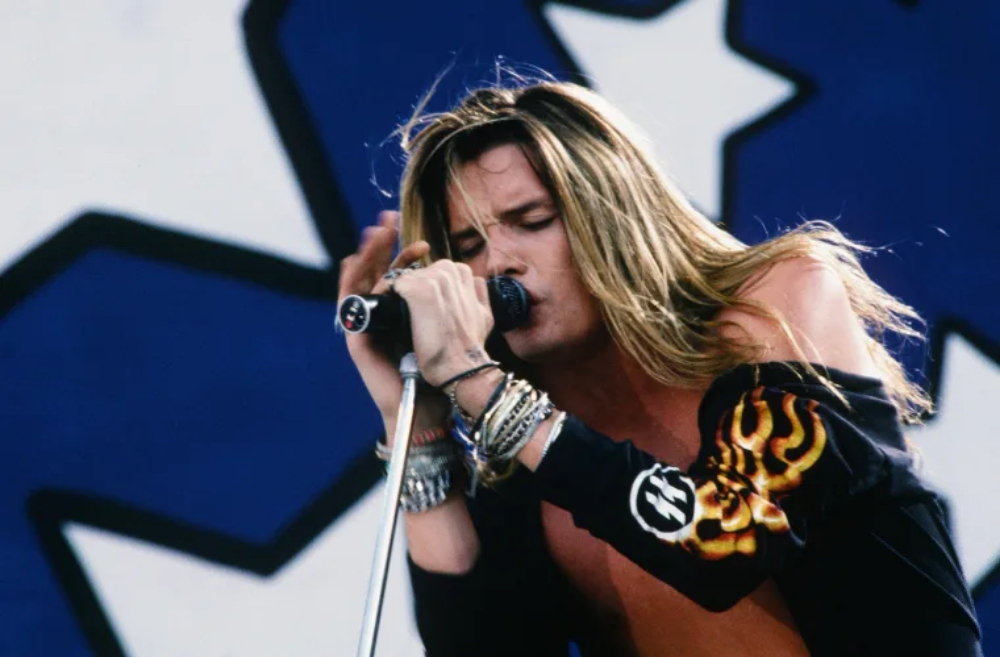
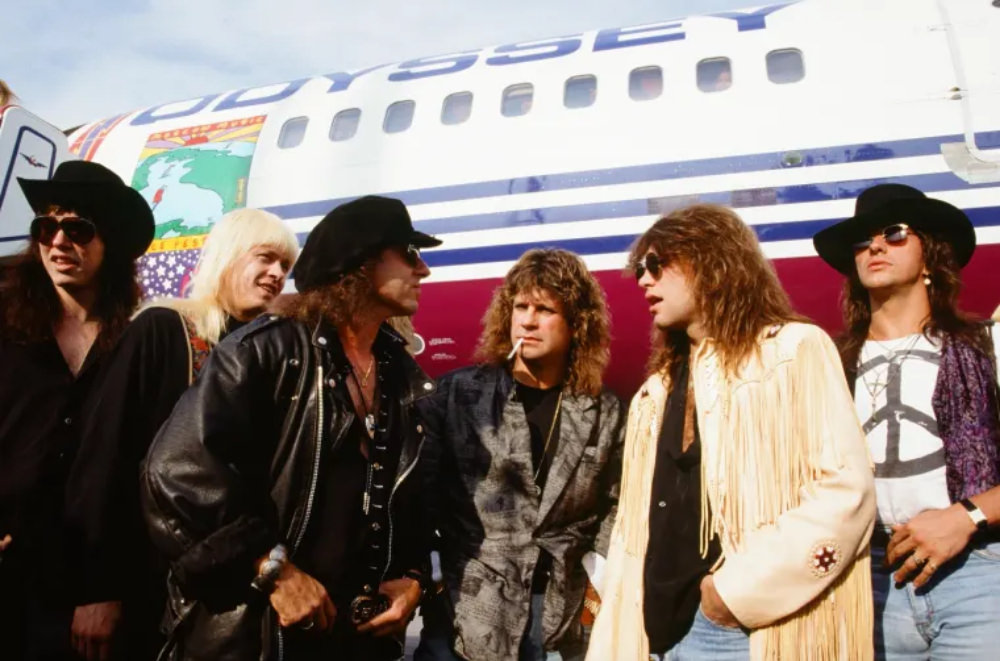
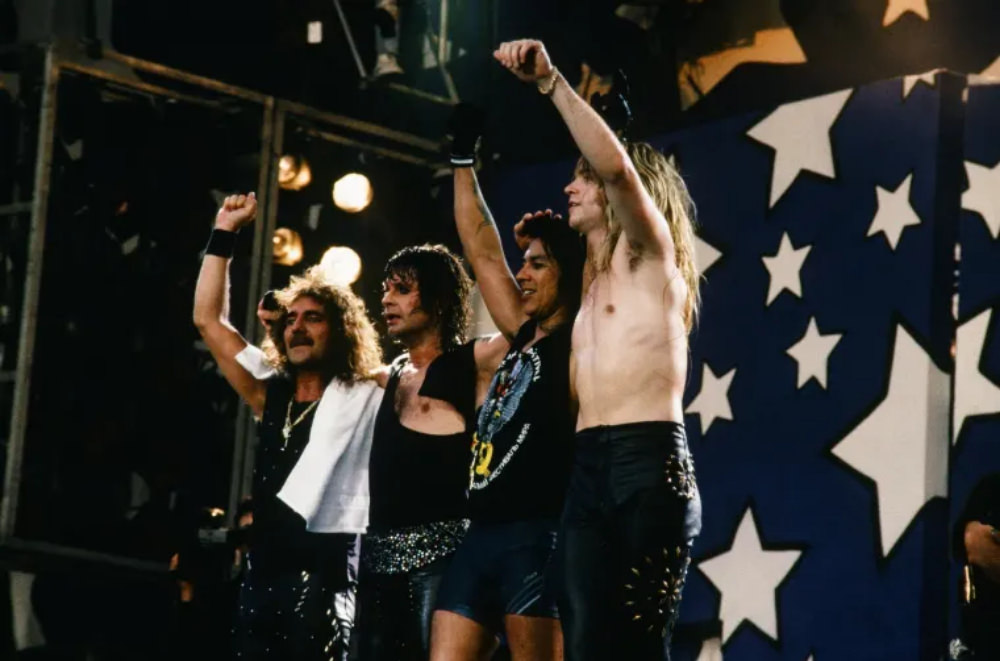
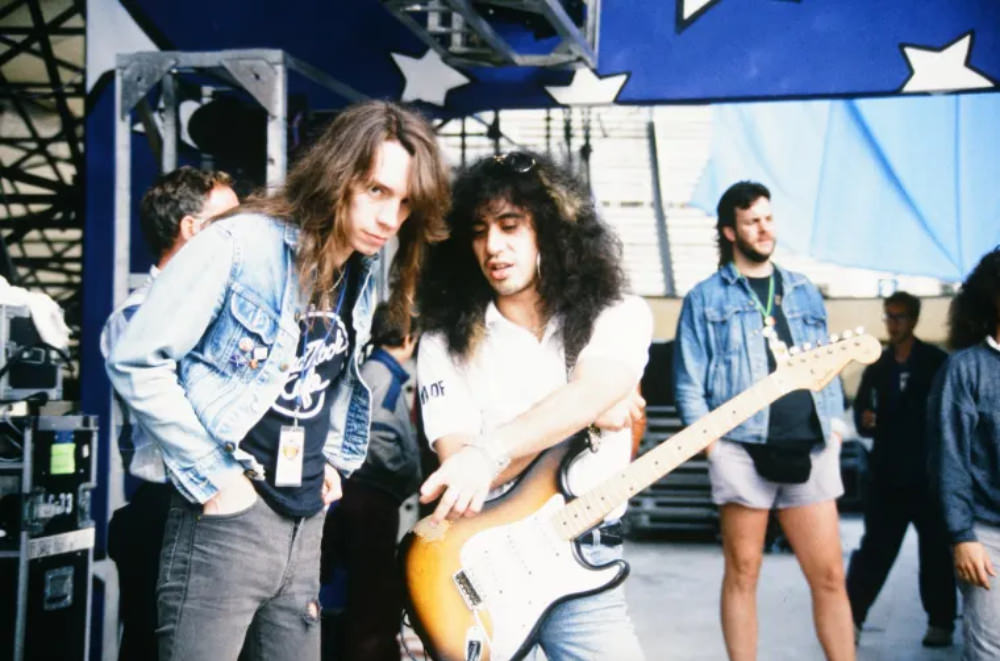
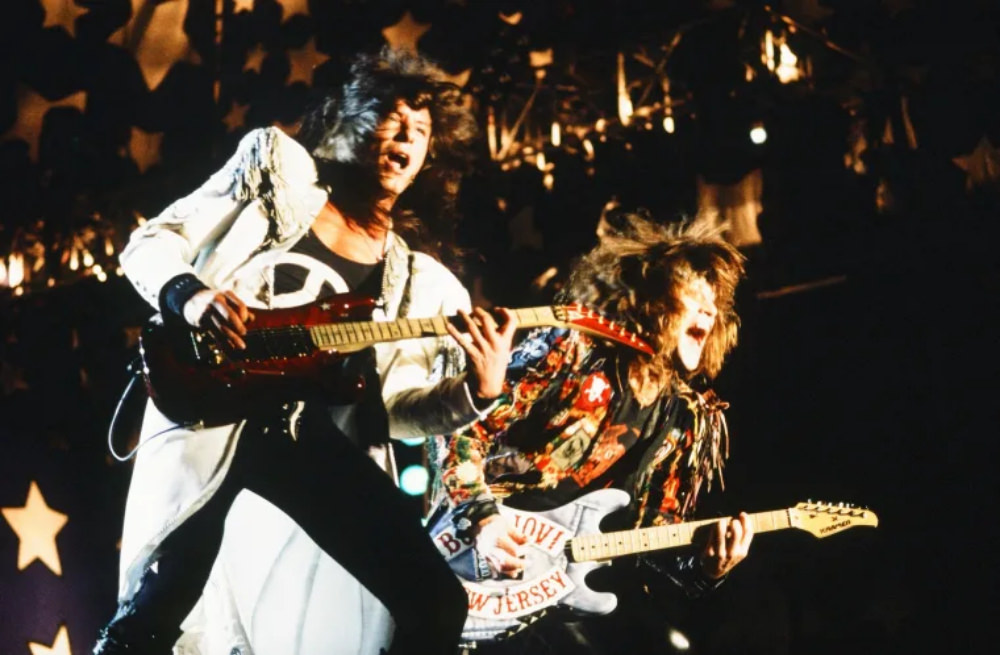
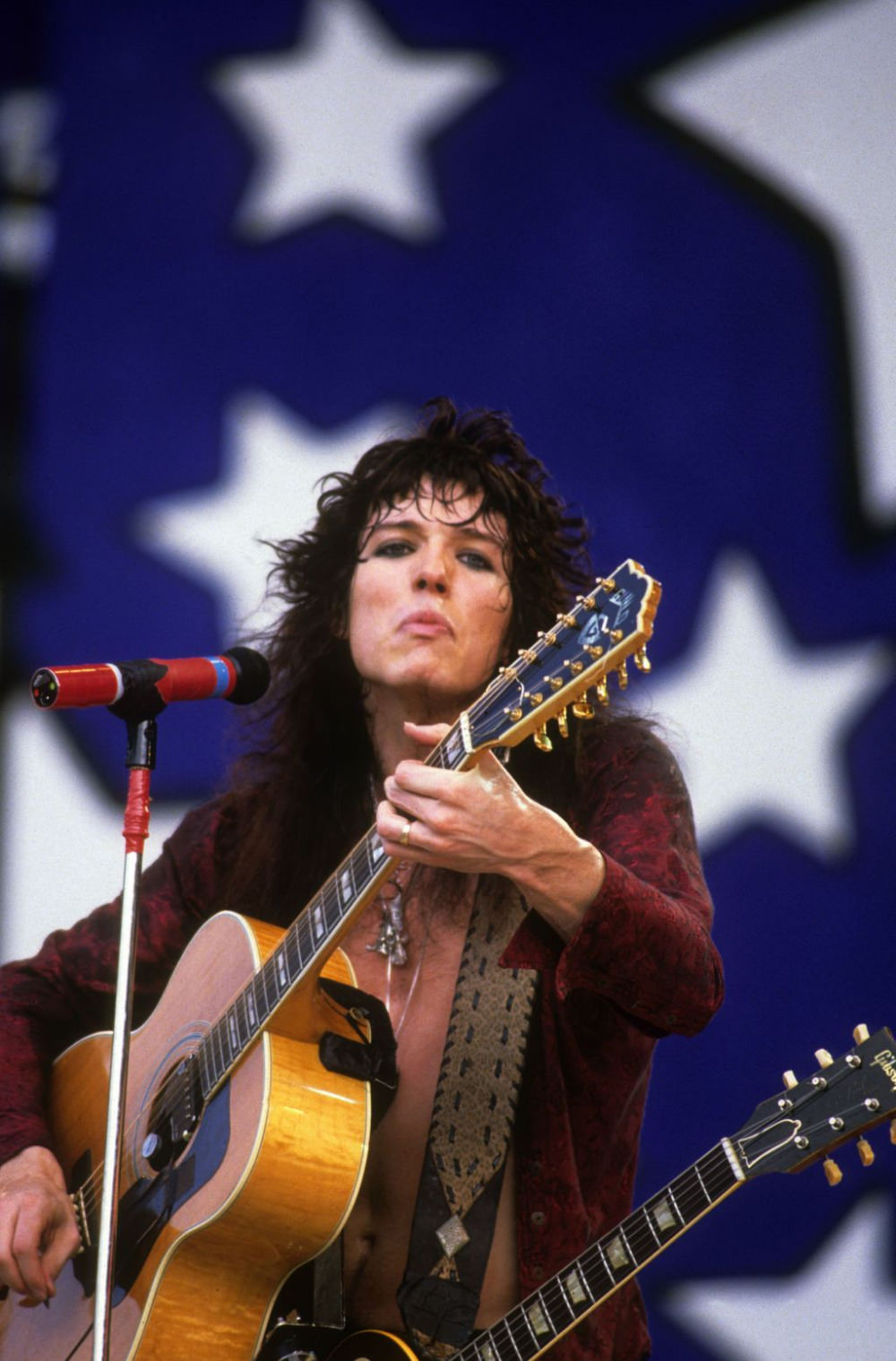
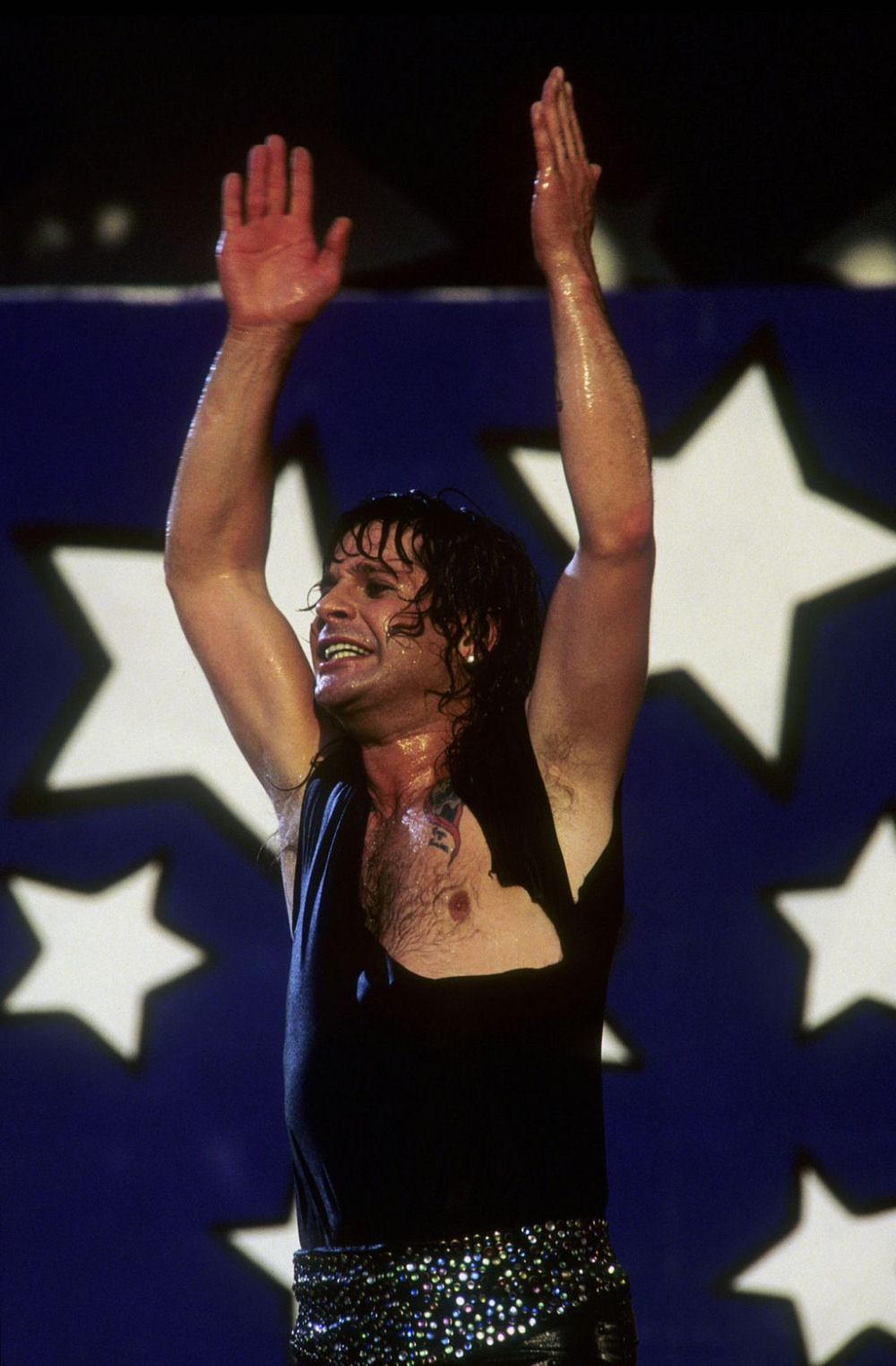
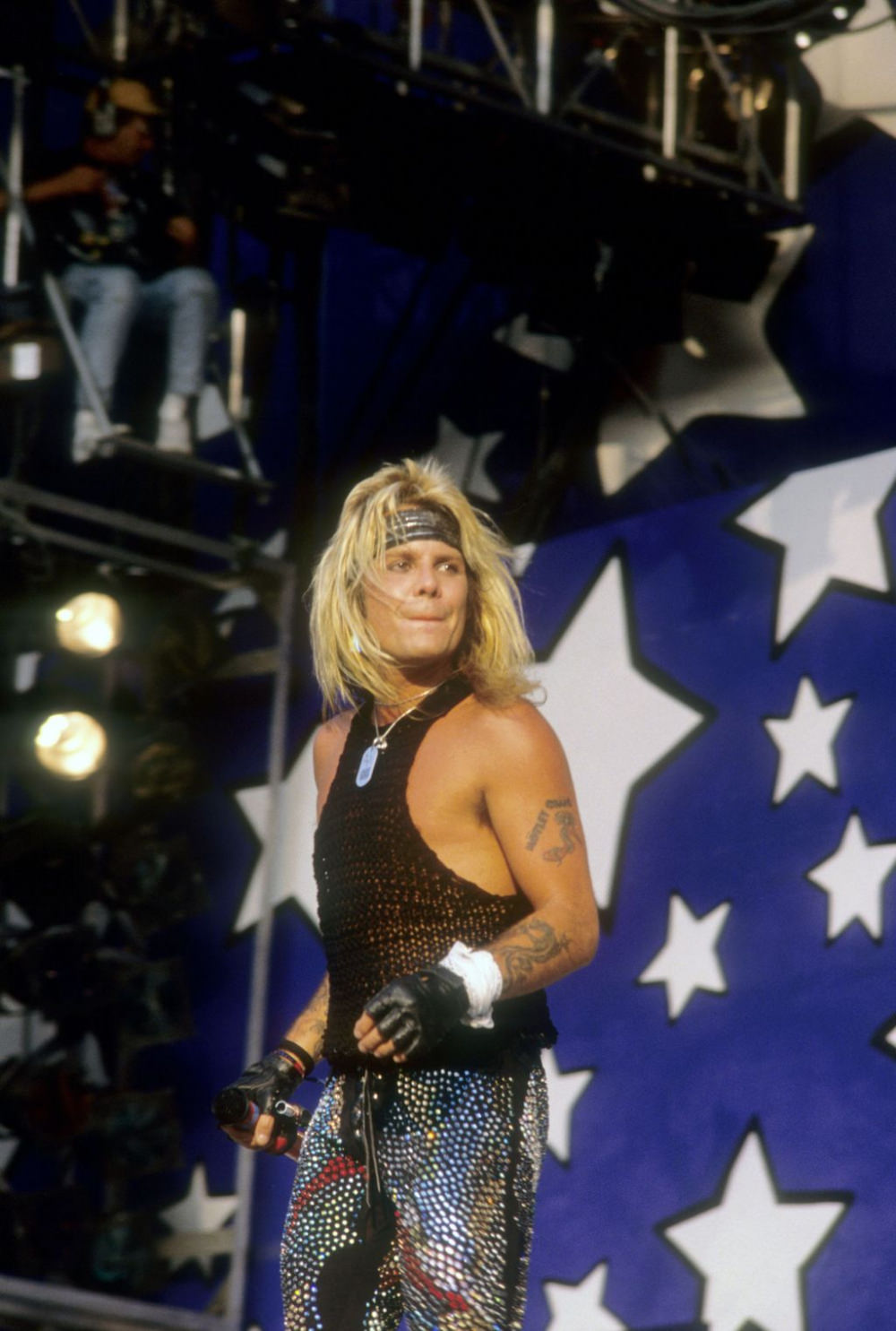
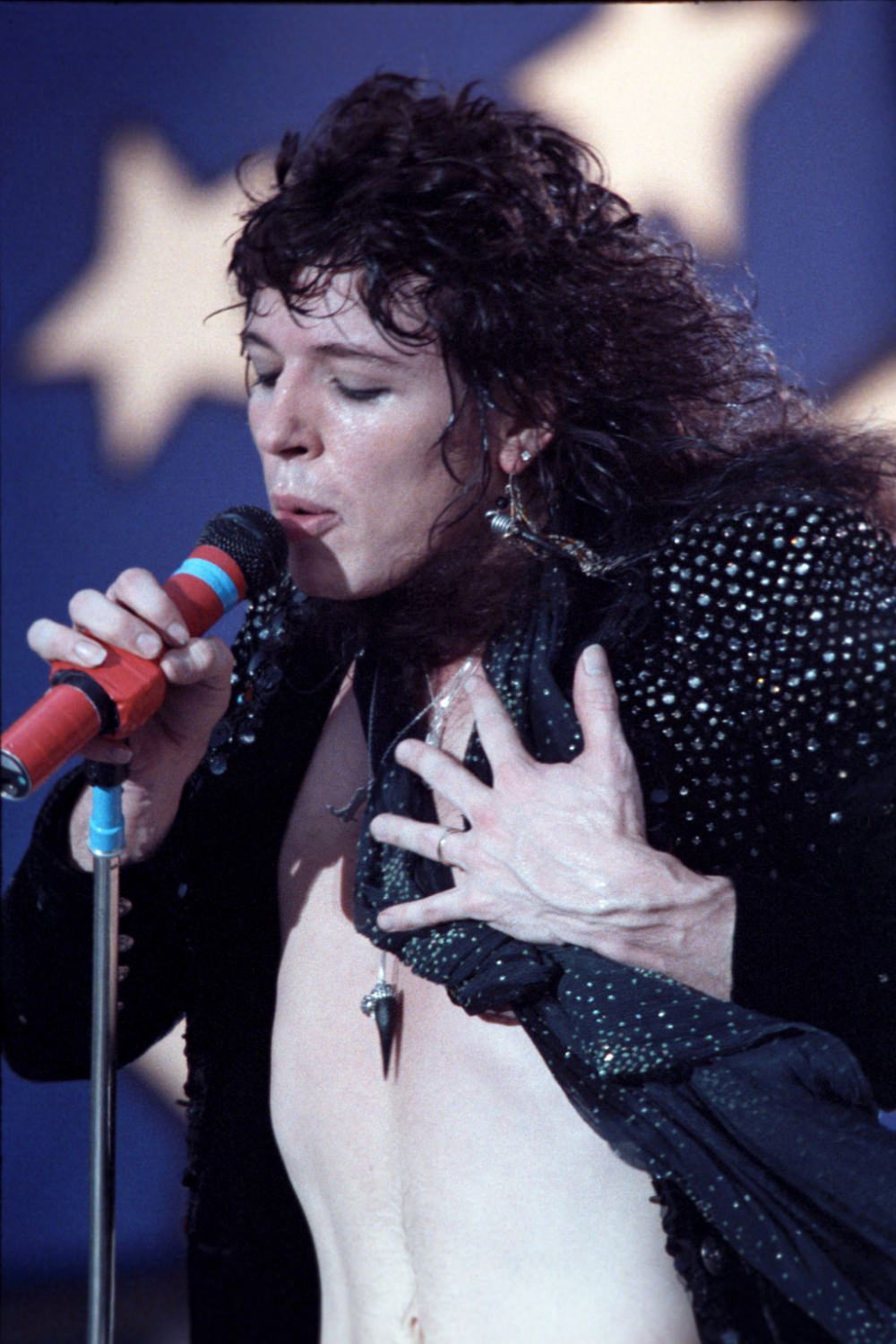

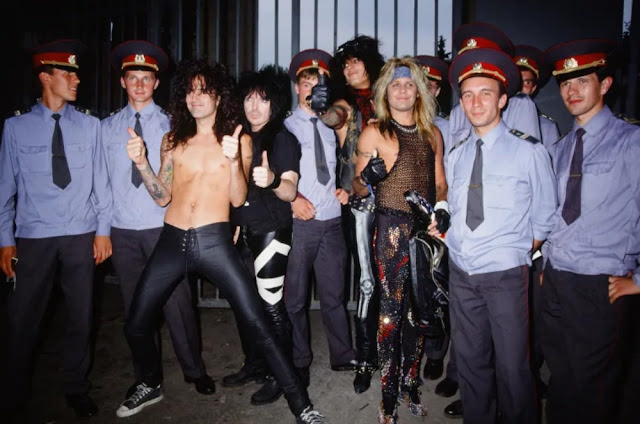

Wind of change. Too sad it blew in the wrong direction.